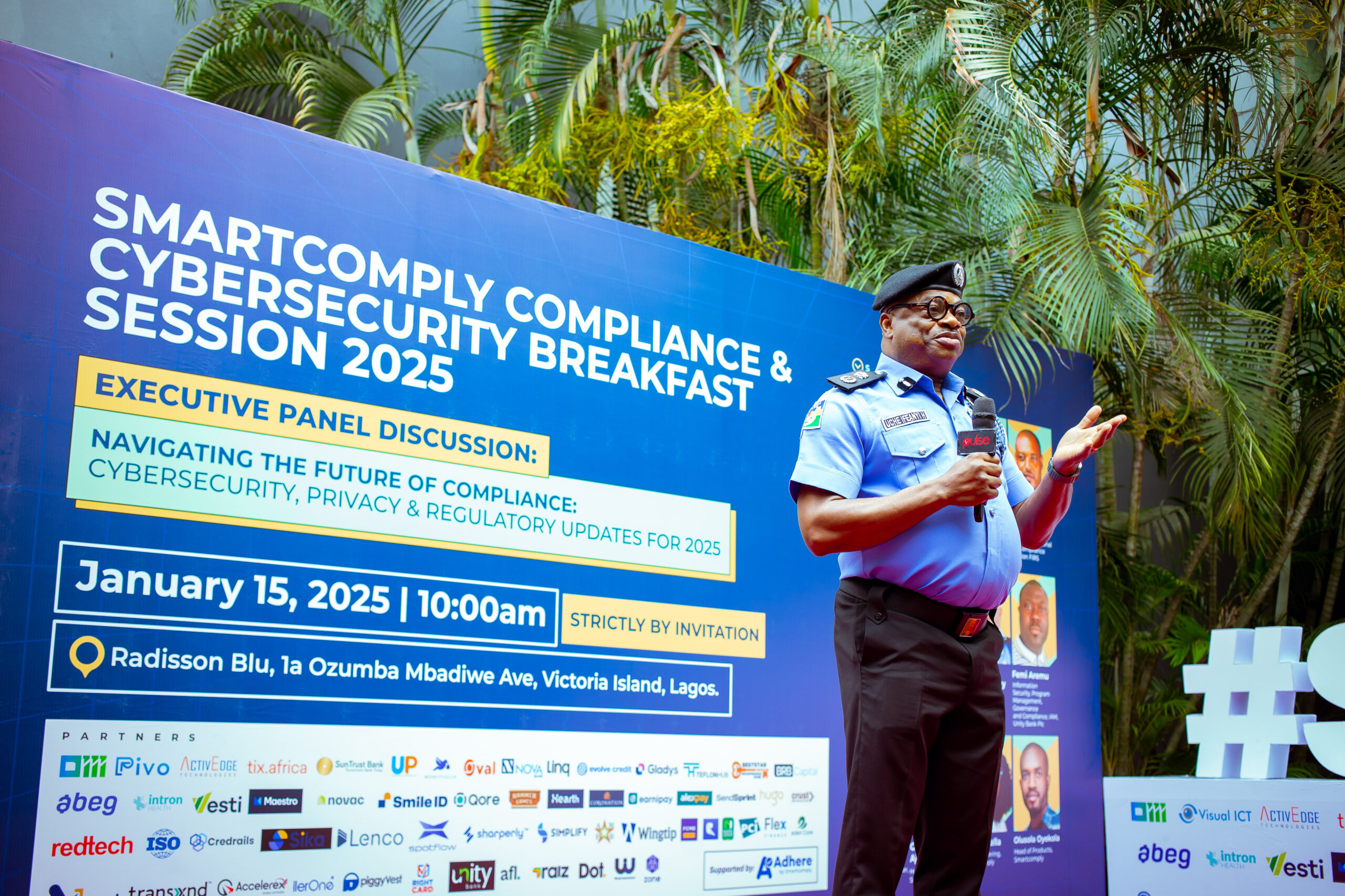By Joseph Ekeng
As Easter approaches, marketers are gearing up to capitalize on the festive spirit and drive sales through strategic holiday campaigns. Easter, alongside other major celebrations, presents a golden opportunity for brands to connect with consumers, boost sales, and enhance brand visibility. In this comprehensive guide, we’ll delve into the intricacies of Easter marketing strategies, providing detailed insights and actionable tips to help marketers maximize their holiday campaign results.
Understanding the Dynamics of Seasonal Marketing Success
Seasonal marketing holds immense potential for brands to align their campaigns with consumer interests and behaviors during specific times of the year. In Nigeria, where festive shopping trends are diverse and dynamic, understanding consumer preferences is paramount. According to media reports, the top categories for festive shopping include gifts, food, clothing, personal accessories, furniture, travel, decorations, greeting cards, household appliances, beauty, health, and personal care.
Furthermore, leveraging social media platforms such as Facebook, Instagram, and Twitter allows marketers to gain valuable insights into digital trends and consumer preferences. By analyzing engagement metrics, search trends, and audience demographics, marketers can refine their targeting strategies and ensure their campaigns resonate with the target audience.
Captivating Audiences with Dynamic and Interactive Ads
In a competitive marketplace, standing out is crucial for capturing consumer attention. Dynamic and interactive ads offer a compelling way to engage with consumers and drive conversions. By incorporating visually appealing images, videos, and animations, brands can create immersive experiences that resonate with their target audience.
Moreover, leveraging interactive elements such as quizzes, polls, and games can further enhance engagement and encourage participation. For example, a chocolate brand could create a quiz titled “Which Easter Treat Are You?” to generate excitement and interest among consumers.
Additionally, integrating strong calls-to-action (CTAs) such as “Shop Now” or “Discover Easter Deals” can prompt immediate action and drive traffic to the brand’s website or online store. By strategically placing CTAs within ad creatives and landing pages, marketers can guide consumers through the purchase journey and facilitate conversions.
Crafting Compelling Headlines and Ad Copy
The power of a compelling headline cannot be overstated in the world of digital marketing. Headlines serve as the first point of contact between a brand and its audience, making them a critical component of any advertising campaign. Marketers should strive to create headlines that are attention-grabbing, relevant, and aligned with the brand’s messaging and objectives.
When crafting headlines, it’s essential to incorporate high-converting keywords and phrases that resonate with the target audience. Additionally, adapting headline length based on vertical and region can optimize ad performance and maximize click-through rates. For instance, according to Outbrain data, the ideal headline length for a CPG brand in the US is 20-40 characters.
Furthermore, A/B testing multiple ad variations allows marketers to identify which headlines and ad copy resonate best with their target audience. By analyzing key metrics such as click-through rate (CTR), conversion rate, and cost per acquisition (CPA), marketers can refine their messaging and optimize campaign performance over time.
Driving User Engagement through Interactive Content
User engagement is a cornerstone of successful marketing campaigns, and interactive content offers a powerful way to captivate audiences and foster meaningful connections. By incorporating interactive elements such as quizzes, polls, contests, and user-generated content (UGC), brands can create immersive experiences that encourage participation and sharing.
For example, a fashion retailer could launch a “Best Easter Outfit Contest” on social media, inviting followers to share photos of their Easter attire for a chance to win a prize. This not only generates excitement and engagement among followers but also showcases the brand’s products in real-life settings.
Additionally, gamification tactics such as spin-to-win games, scavenger hunts, and virtual Easter egg hunts can add an element of fun and excitement to the consumer experience. By rewarding participation and incentivizing engagement, brands can deepen customer loyalty and drive brand advocacy.
Timing is Key: Planning and Execution
One of the most common mistakes marketers make is leaving digital campaigns to the last minute. By planning and executing campaigns well in advance, brands can ensure maximum exposure and engagement during key shopping periods. This involves creating a detailed timeline and roadmap for campaign development, deployment, and optimization.
Furthermore, leveraging data-driven insights and predictive analytics can help marketers identify trends, anticipate consumer behavior, and allocate resources effectively. By staying ahead of the curve, brands can capitalize on emerging opportunities and gain a competitive edge in the marketplace.
Enhancing Easter Holiday Sales and Brand Image
In conclusion, Easter presents a significant opportunity for marketers to drive sales, strengthen brand visibility, and forge deeper connections with consumers. By understanding consumer preferences, crafting compelling ads, and leveraging interactive content, brands can maximize their holiday campaign results and achieve their business objectives.
By adopting a strategic approach to Easter marketing, brands can attract a qualified audience with a higher propensity to buy and elevate their brand image in the minds of consumers. By delivering personalized experiences, fostering engagement, and providing value-added content, brands can position themselves as trusted partners in the consumer’s journey.
Ultimately, success in Easter marketing hinges on creativity, relevance, and timely execution. Following the tips and strategies outlined in this guide, can help marketers unlock the full potential of the holiday season and drive meaningful results for their brands.







Comment
No comments found.